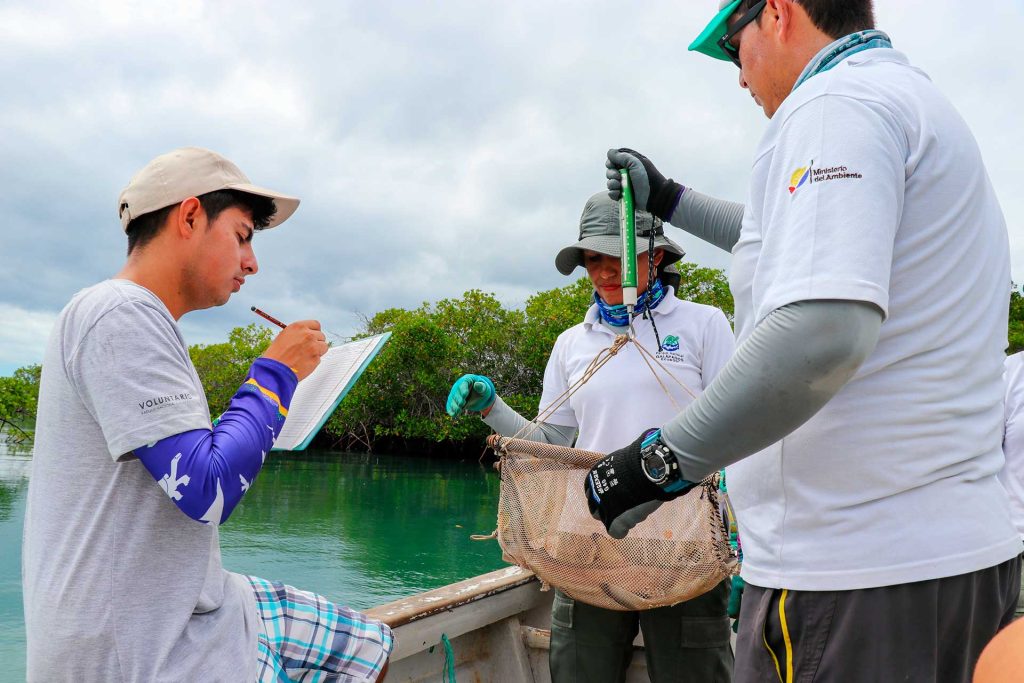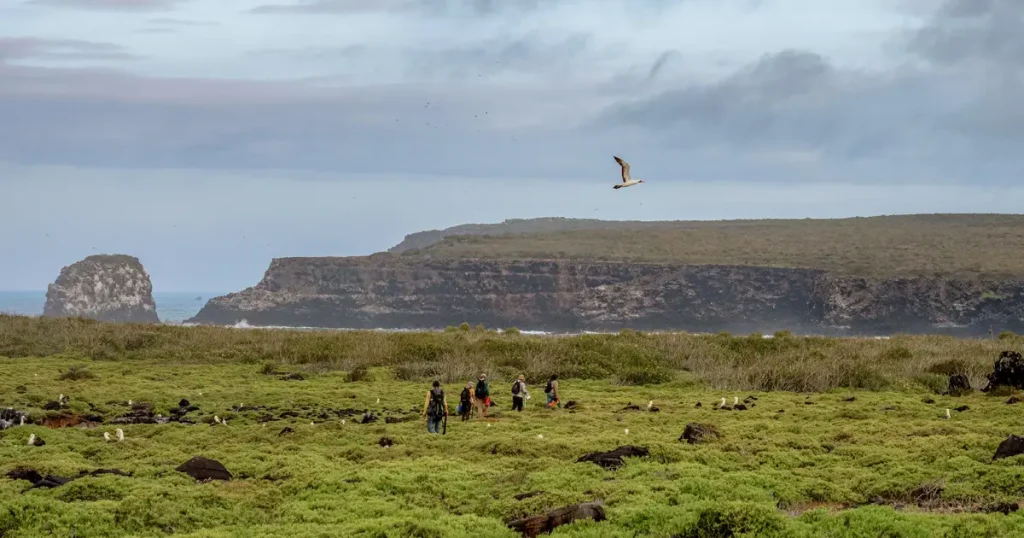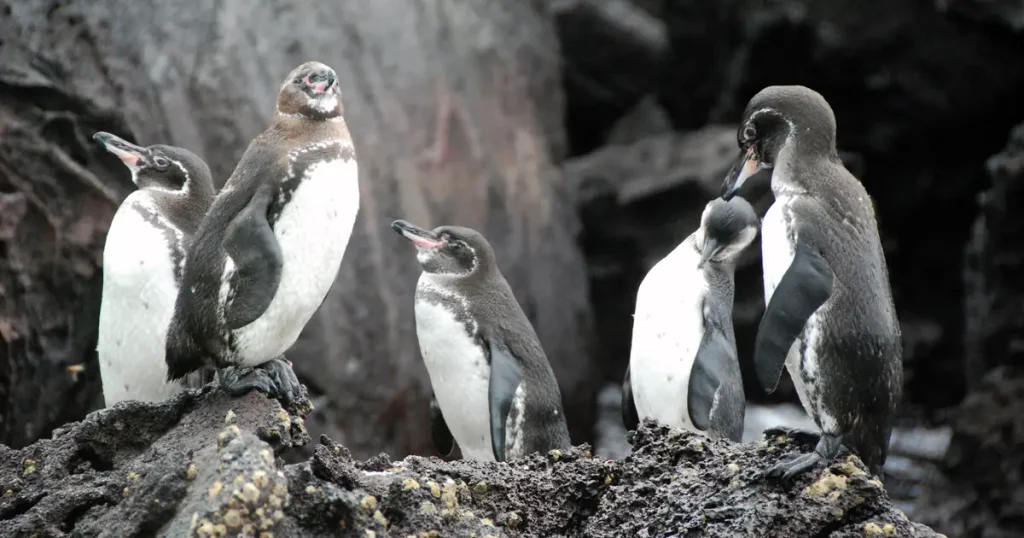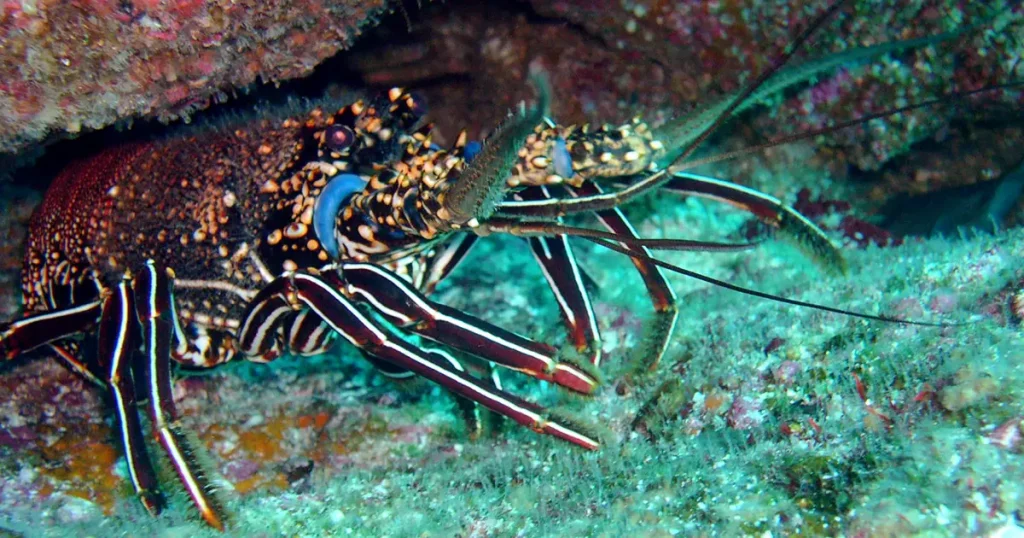Galápagos Sharks: Monitoring for Conservation and Education
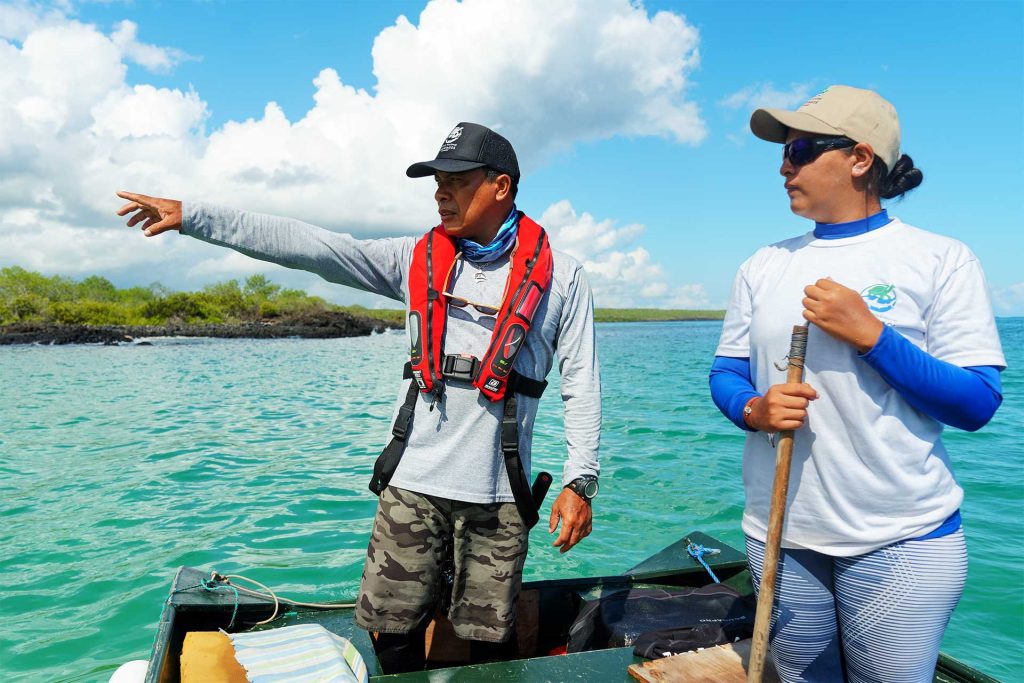
The Galápagos Archipelago, renowned for its unique biodiversity and exceptional Marine Reserve, is a global reference point for research on marine species, especially sharks. These fascinating creatures play a pivotal role in marine ecosystem dynamics.
Identifying Breeding Zones To Protect
Galápagos Conservancy has collaborated with the Galápagos National Park Directorate (GNPD) on a program to pinpoint shark breeding areas. Caleta Tortuga Negra, Cartago Chico, and Puerto Grande on the islands of Santa Cruz, Isabela, and San Cristóbal, respectively, are some of the areas that have been identified as natural breeding grounds for the blacktip shark (Carcharhinus limbatus) and hammerhead shark (Sphyrna lewini). In these bays and coves, juvenile sharks find refuge from predators and abundant food sources, staying for about two years before venturing into open waters. Since early 2022, the program has monitored 385 juvenile sharks, including 215 males, 153 females, and 17 unclassified.
Ongoing Monitoring
Park rangers from the Galápagos National Park Directorate conduct regular monitoring in these breeding areas, recording biological data and tagging sharks to assess population dynamics. Eduardo Espinoza, a park ranger, explains: “To capture the sharks, what we do is place a net in the breeding area, and the monitoring experts we have onboard will keep watch over said net the whole time. Monitoring lasts an hour, and processing each shark takes a maximum of two minutes.”
Furthermore, using advanced acoustic tagging techniques, researchers have gained insights into the movement and migration patterns of juvenile sharks. Since 2022, continuous tracking of six hammerhead sharks (S. lewini) has revealed that young sharks do not stay just in the breeding areas but also venture into open waters.
Engaging the Educational Community
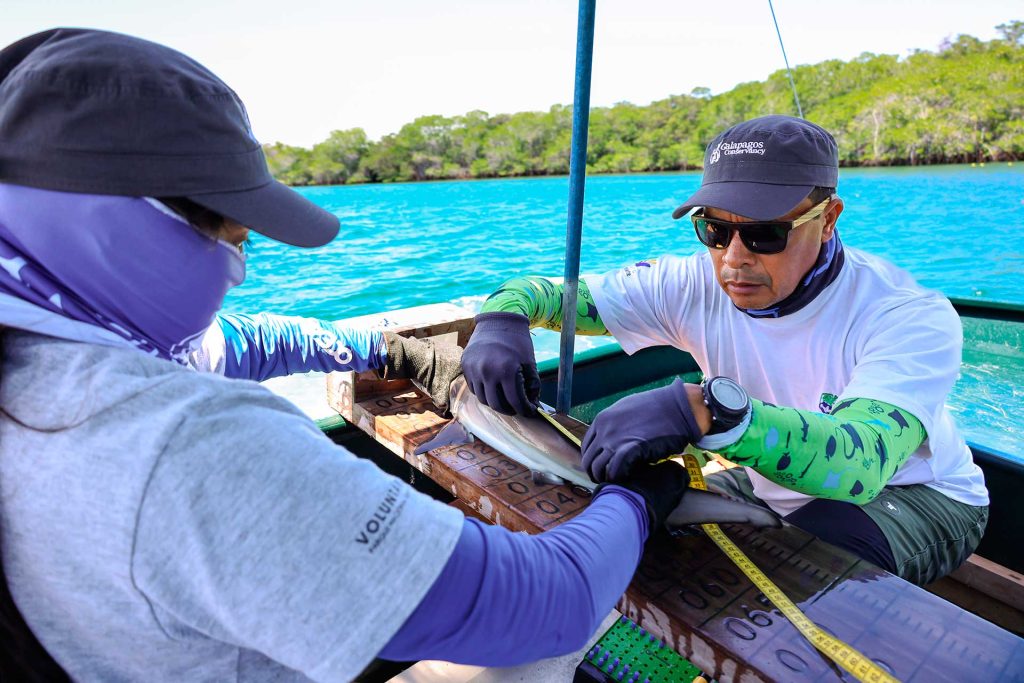
The program isn’t limited to scientific monitoring. With Galápagos Conservancy’s support, the Galápagos National Park Directorate has incorporated a crucial educational component. Students from various institutions had the opportunity to be active participants and measure, weigh, and tag juvenile sharks in breeding areas. This hands-on experience, coupled with guidance from environmental educators, not only imparts knowledge about the ecological importance of sharks but also the ongoing conservation efforts to protect these endangered species.
Galápagos Marine Reserve Gems
For nature enthusiasts, a trip to Galápagos — home to the world’s highest concentration of sharks — offers encounters with these magnificent creatures, whether diving, snorkeling, or on a panga ride. The monitoring program underscores the importance of marine conservation and emphasizes educating and engaging the next generation in protecting our natural heritage. Only through understanding and respect for each species’ role within an ecosystem can we ensure a sustainable future for the Galápagos Archipelago and its underwater treasures.
